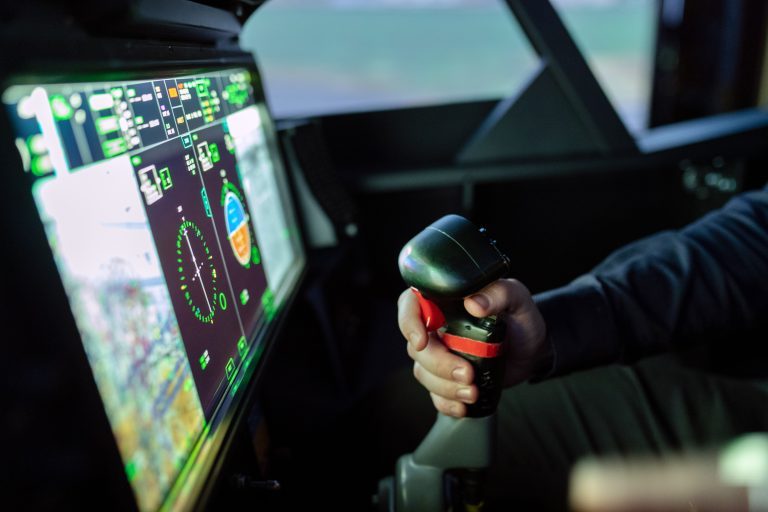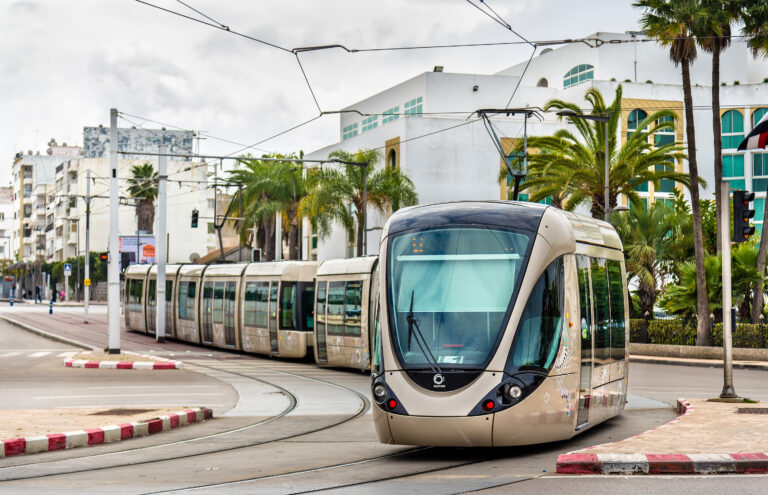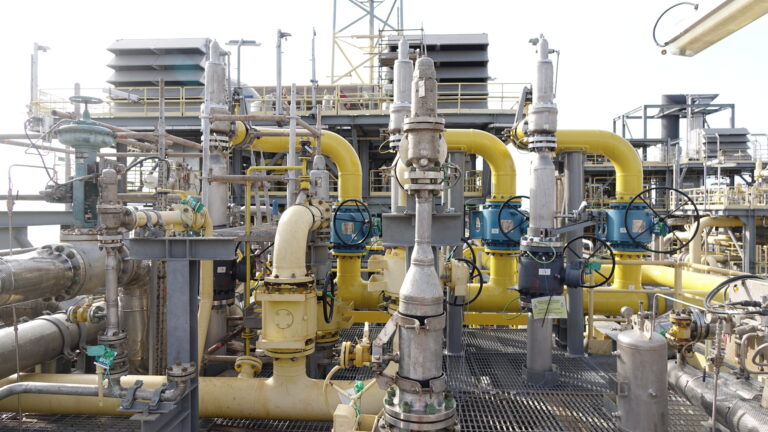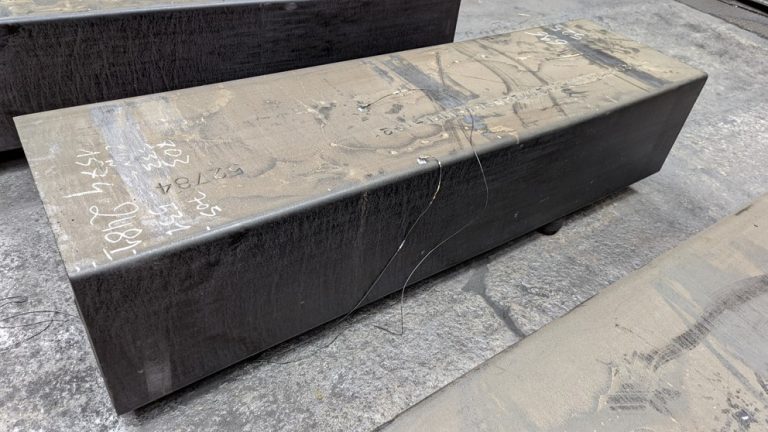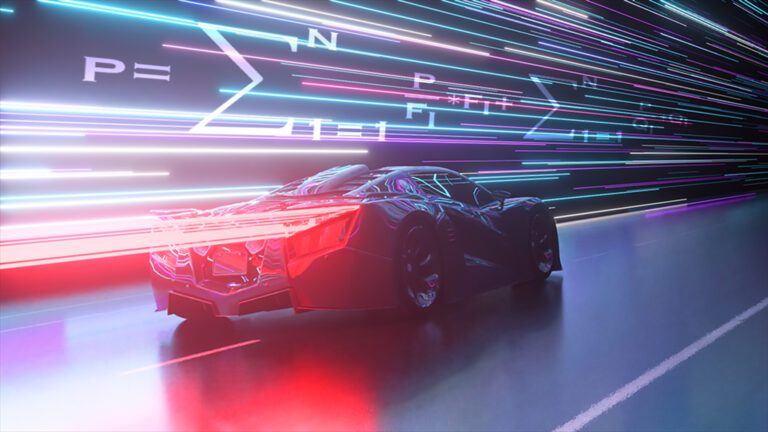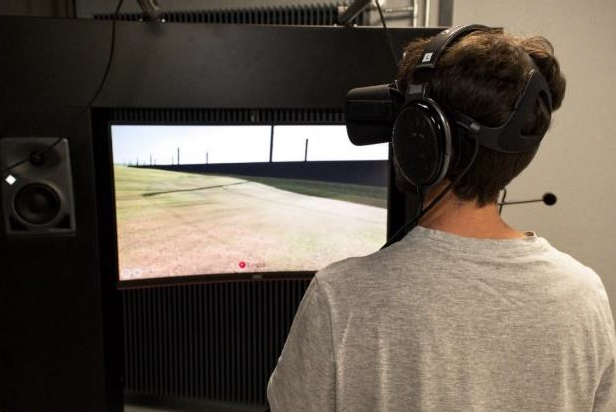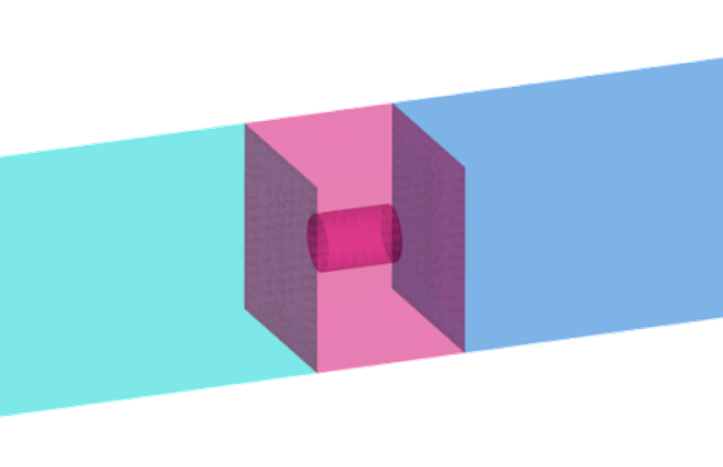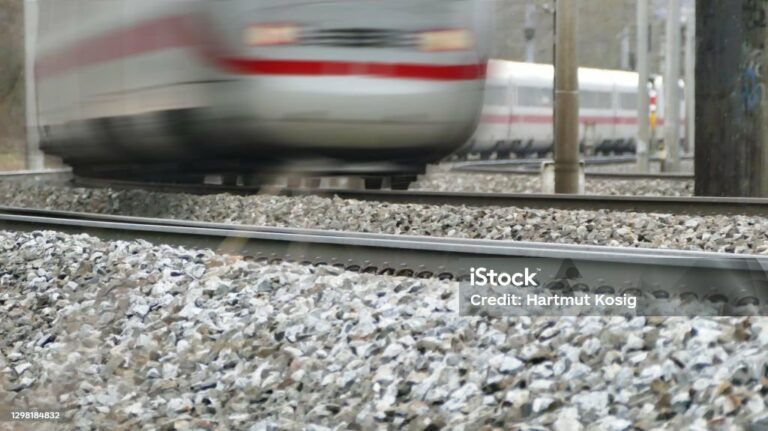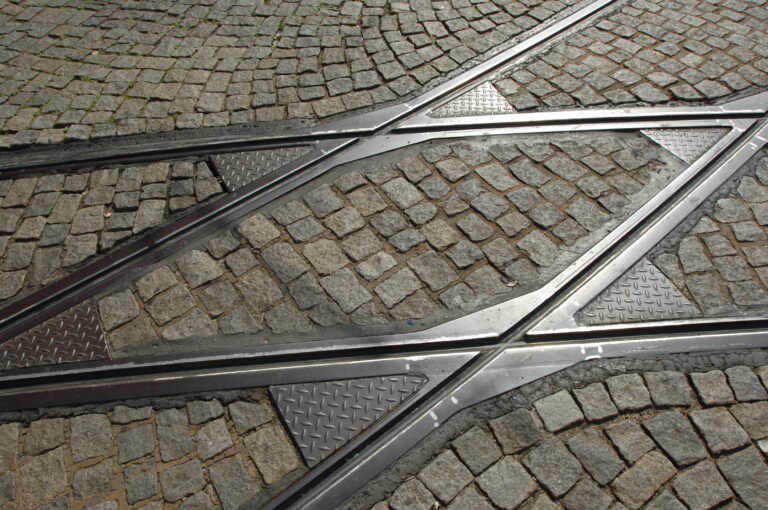- Commercial aviation accounts for 2 to 3% of global CO2 emissions. Aircraft manufacturers are under increasing pressure from public opinion to reduce these emissions.
- AIRBUS has announced the launch of zero-carbon aircraft by 2035.
- SAFRAN has announced a new generation of ultra-clean engines by 2035 (Usine Nouvelle, 29/09/20). New hybrid and non-hybrid propulsion systems, new equipment (EMA) and new ways of generating electricity on board must be developed to achieve this goal.
- The interaction between the engine and the airframe will raise a number of challenges.
It is against this backdrop that Vibratec and the SAFRAN Group are working together to capitalize on experience and prepare for the future.

